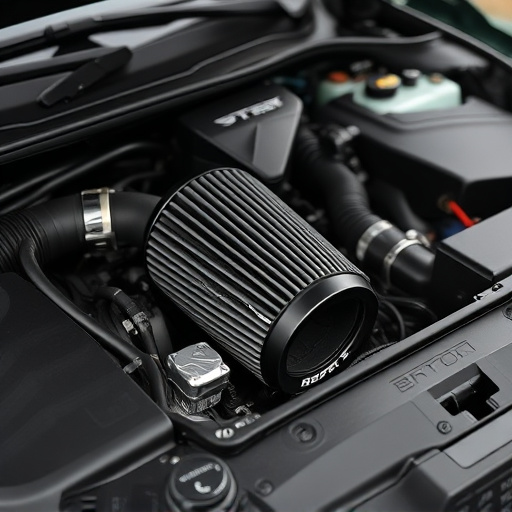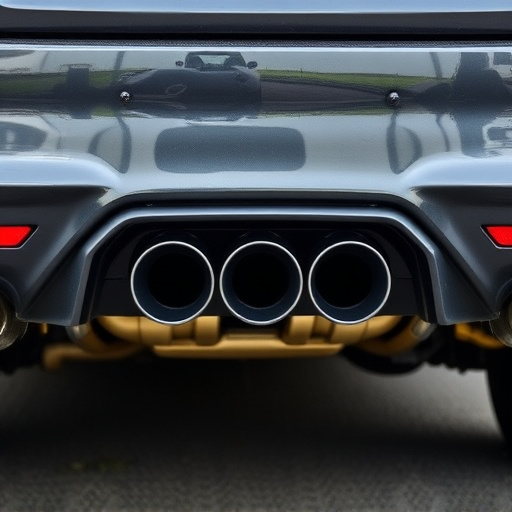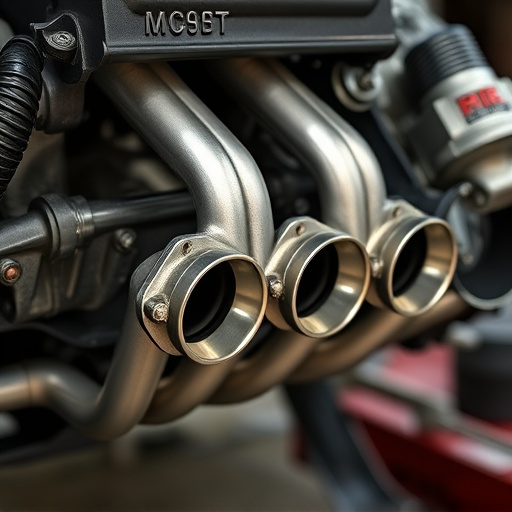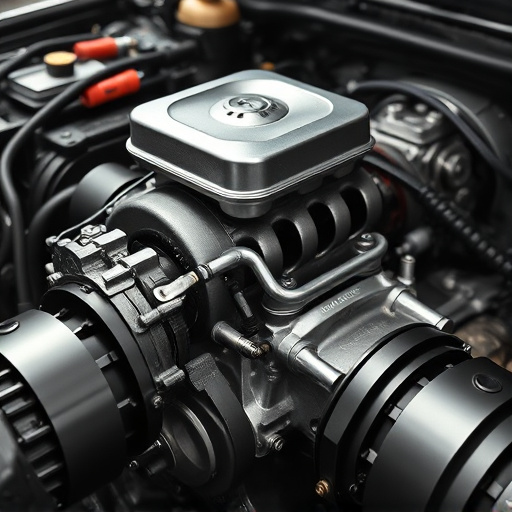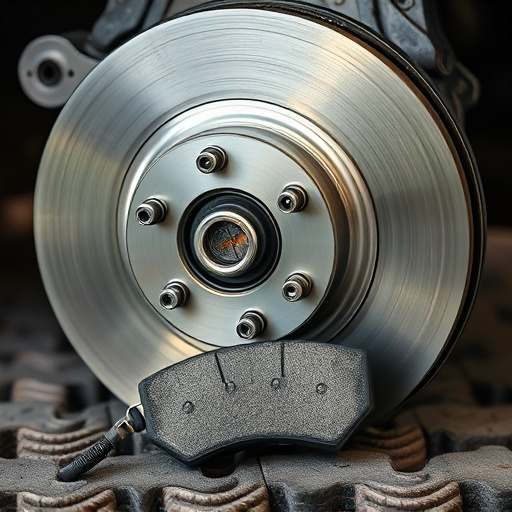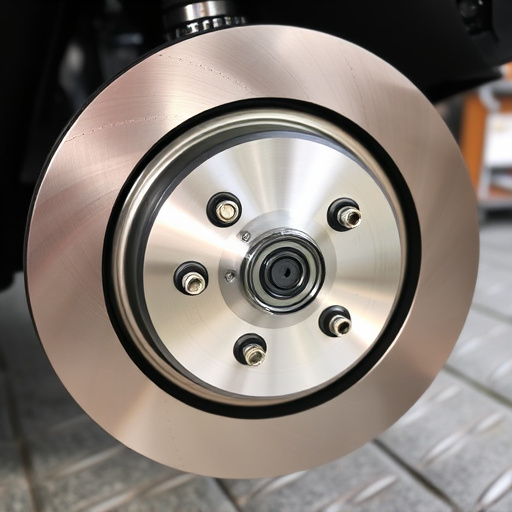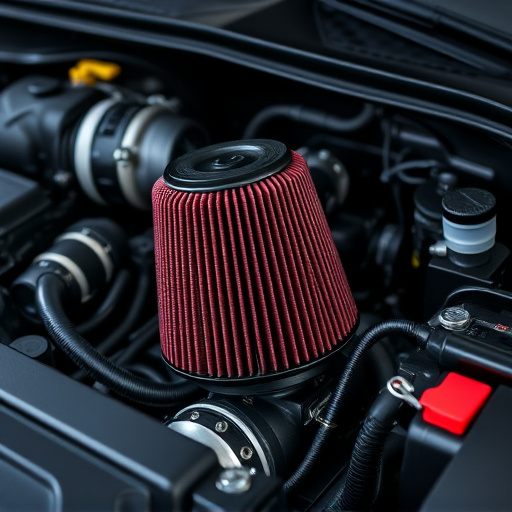Exhaust systems for cars are vital for engine performance and vehicle health, comprising components like catalytic converters, mufflers, and exhaust pipes that reduce emissions and noise. Modifying these systems can enhance sound and efficiency. Before installation, gather essential tools and refer to the vehicle's service manual. The process involves removing old components, aligning and connecting new ones, securing the muffler and tips, and considering performance upgrades. Proper alignment is critical; check connections thoroughly for optimal system performance.
Installing a new exhaust system on your vehicle is a project that can enhance performance, reduce noise, and improve fuel efficiency. Before diving into the process, understanding your car’s existing exhaust layout is crucial. This guide will walk you through preparing for the installation, outlining necessary tools and materials, and providing a step-by-step procedure to ensure a successful DIY exhaust upgrade for your car.
- Understanding Your Vehicle's Exhaust System
- Preparing for Installation: Tools and Materials
- Step-by-Step Guide to Installing an Exhaust System
Understanding Your Vehicle's Exhaust System
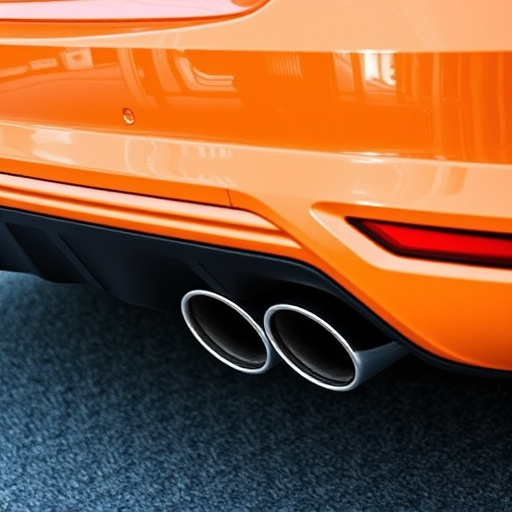
Every vehicle has an intricate exhaust system that plays a vital role in engine performance and overall vehicle health. Understanding its basic components is crucial when installing a new exhaust system, be it a complete replacement or an upgrade to enhance performance. The primary parts include the catalytic converter, muffler, and exhaust pipes, which work together to reduce harmful emissions and muffle engine noise.
A cat-back exhaust, for instance, refers to a system that begins right after the catalytic converter, replacing the entire rear exhaust component. This modification can improve vehicle sound and performance by allowing gases to flow more freely. Alternatively, focusing on intake components alongside exhaust tips can further optimize engine efficiency. Whether you’re installing a new system or replacing damaged parts, recognizing these components and their functions is key to ensuring a successful installation.
Preparing for Installation: Tools and Materials
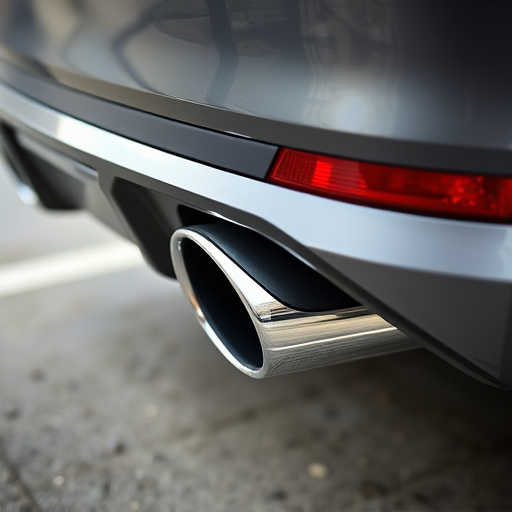
Before starting the installation process, ensure you have all the necessary tools and materials on hand to make the task efficient and safe. For installing a new exhaust system in your vehicle, you’ll need a variety of tools including socket sets, wrenches (both open-end and ratcheting), a jack, jack stands, and a set of ratchet straps. Materials-wise, you’ll require gaskets, seals, and any hardware specific to the exhaust system, like hangers and clamps. Don’t forget to check your vehicle’s service manual for any unique requirements or warnings related to the exhaust system, especially when dealing with modern cars that often have complex underbody components, such as integrated air intake systems, advanced suspension components, and high-performance brake pads.
Step-by-Step Guide to Installing an Exhaust System

Installing a new exhaust system is a complex but rewarding task that can significantly enhance your vehicle’s performance and sound. Here’s a step-by-step guide to help you navigate through the process, focusing on both efficiency and safety. Begin by gathering all necessary tools and parts, including your chosen exhaust system, wrenches, sockets, and safety gear. Ensure your vehicle is secured on a jack stand for stability during installation. Next, locate the existing exhaust components, carefully removing each part in reverse order of assembly. This involves disconnecting sensors, hoses, and clamps.
Once the old system is removed, prepare the new exhaust system by aligning pipes and fittings. Start with connecting the downpipe or catalytic converter, ensuring all threads are secure. Proceed to install the muffler and exhaust tips, tightening them firmly but avoiding excessive force to prevent damage. For added performance and customization, consider integrating suspension components like coilover kits for a smoother ride and better handling. Remember, proper alignment is key; use your vehicle’s manual or consult a professional for specific guidelines on connecting the exhaust system to the engine. Always double-check connections and tighten fittings securely to ensure optimal performance from your newly installed exhaust systems for cars.
Upgrading your vehicle’s exhaust system is a significant task, but with the right knowledge and preparation, it can be accomplished efficiently. By understanding your car’s existing setup, gathering the necessary tools, and following a systematic approach, you can successfully install a new exhaust system, enhancing performance and improving the overall driving experience. Remember, safety first, so ensure all components are correctly fitted and aligned. With these steps as your guide, you’re well-equipped to tackle this project, giving your car an upgraded exhaust system that will surely turn heads.
